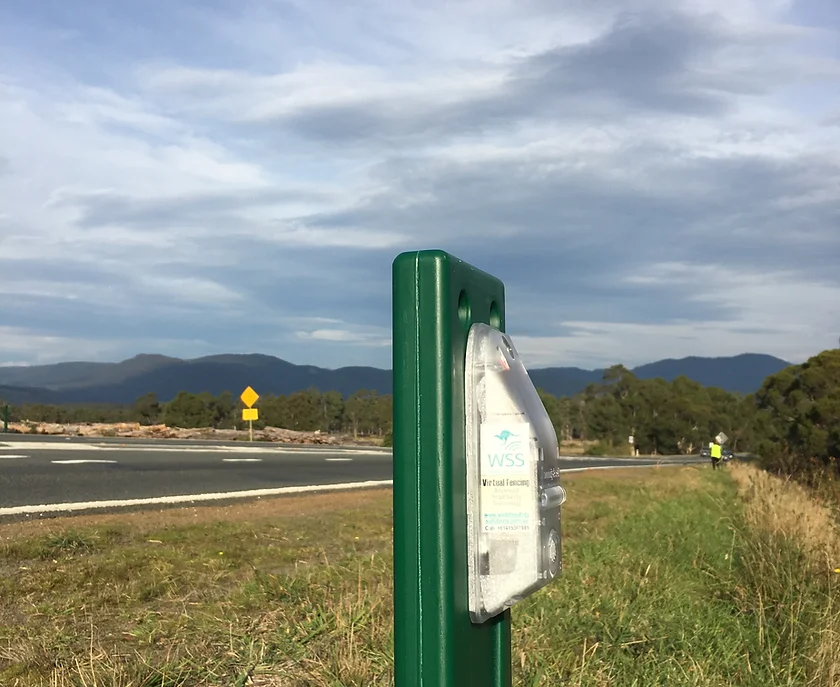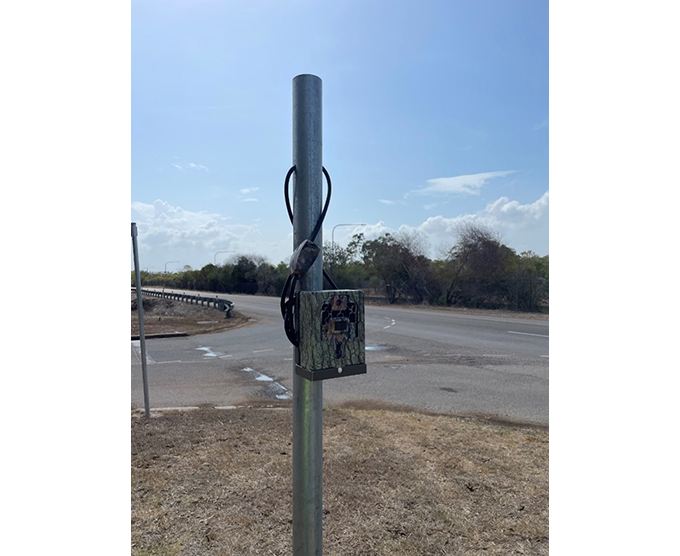Roadside Wildlife Reflector (Virtual Fencing) Trial
| Goal | 5. A leading centre of education, training and research commercialisation. |
|---|---|
| Strategic Purpose | Increase native wildlife protection by using emerging technology to reduce vehicle collisions. |
| Status | Underway |
Council is installing roadside wildlife reflectors (virtual fencing) along a section of Angus Smith Drive in Douglas to help reduce animal and vehicle collisions. This is the first stage of this innovative animal protection trial. Virtual fencing is a sequential warning system that alerts animals with sound and flashing lights before they cross the road as a vehicle’s headlights flash a reflector on a pole.
The project will be conducted in 4 stages:
- Installation of 9 roadside wildlife reflector posts and 2 cameras for monitoring wildlife.
- Validation of data with James Cook University researchers to ensure data is sufficient to continue the trial.
- Reflector posts to continue monitoring for an additional 2-3 months.
- Researchers to utilise AI modelling for in-depth analysis. This AI model will predict outcomes by looking at behavioural patterns in wallabies and kangaroos within the data and provide Council with an accurate report on the success rate of the roadside wildlife reflectors.
This project is scheduled to take place between 26 June 2023 and July 2025.
This project will help to:
- Reduce collisions that may cause harm to humans, vehicles and/or wildlife.
- Lessen road deaths of native wildlife.
- Reduce road hazards for Council officers and external wildlife carers who collect deceased wildlife.
- If the trial is successful, roadside wildlife reflectors can be installed in other high-risk areas.







